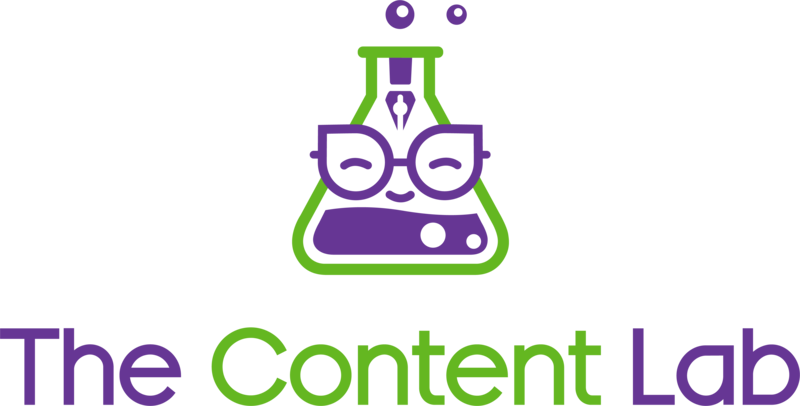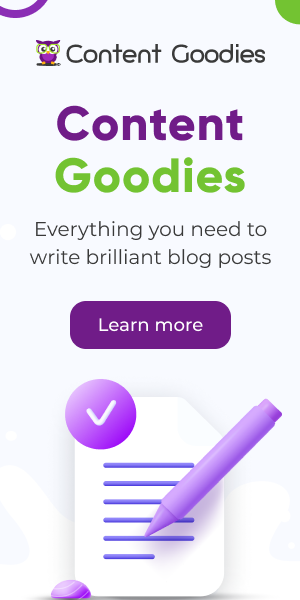It’s funny the way we view writing as ‘accessible’ and ‘normal’ when accessible writing is just good writing – especially when it comes to website copy and content writing.
Look, I know poets and playwrights use their whimsical words to get you to travel to fantastical places and wondrous worlds.
But on the internet, in a space where ad copy, email marketing content, and social media descriptions reign supreme, writing shouldn’t be full of long-winded sentences and complicated words that you need a thesaurus to discover the meaning of.
Now, I love a good word. I’m an avid fan of flowery language and I love using bizarre wording to describe scenery or emotions. But, when it comes down to content, I know that the average person reading my work will probably not know what the word vellichor or sanguinolency means.
Did you have to Google those two?
Did you want to hop away from this blog post to double-check the meaning? You did!
Good!
Because that’s precisely my point.
Imagine your reader has to move away from their screen to Google the word you’ve added to your article. Then they might be distracted by something on their search journey and forget everything you were talking about – and forget all about your business in the process.
Today, I’m going to show you why writing accessibly is the only way to write website copy. I’ll also show you a few tools I love to use to help ensure my writing stays accessible to everybody.
Now, let’s get started!
Why should you write with accessibility in mind?

Writing with accessibility in mind isn’t just something you should do, it’s necessary to ensure all your wonderful website visitors understand what it is you’re offering them.
If you want everyone visiting your website to understand what you’re talking about or what your services offer, you have to write with accessibility in mind.
Accessibility isn’t just about writing for people with physical or learning disabilities – it’s about making your content accessible to everybody.
What do I mean by this?
It’s simple, really.
If you’re writing a blog post about optimizing a Google Business Profile, you shouldn’t use complex wording if you can describe it with simple phrases.
Why?
Well, why would you take a more complex approach?
Why would you purposely write something that sounds fancy but needs to be more technical for the average reader to understand?
To sound like you know what you’re on about – sure. But you can convey this much better if you write clearly and concisely.
You write to attract people to your website. But the purpose of your article isn’t to show them how many words you know and how complex optimizing a Google Business Profile is (which it isn’t) – it’s to show them you have the answers.
If they don’t understand your answers, they will leave and read a blog with the answers they’re looking for.
You have to meet their needs, provide them with value and show them that if they work with you, you’ll be able to communicate with them in a way they understand. Doing all this improves your chances of getting clients to convert.
So, how do you improve the accessibility of your content?
How to write accessible content for your website
You know why writing accessible content is essential, but now it’s time to learn easy ways to make your website’s content accessible to everybody.
Here are five simple things you can do – right now – to make your content more accessible.
1. Write in plain language – there’s no need for jargon
We’ve already touched on his.
But let me remind you.
You don’t have to use flowery or complex language to convey your message to your audience.
They’ve come to your website to avail of your services, buy your products, or even learn something new.
Therefore, you can use simple language in your blogs and articles.

Simply writing a piece of content that tells them everything they need to know will be enough. They don’t need to see your vast vocabulary – even though it is awe-inspiring. They need to understand what you’re saying so they can make an informed decision on what to do next.
Do they want to use the information you’ve given them to do the job themselves, or do they want to work with you – the expert?
If they need help understanding first, they’ll leave to find somebody else who explains what they need to do. Meaning you’ve missed out on a potential lead.
2. Space things out, make it easy on the eyes
When writing your blog post, article (or even your website copy), make sure to space things out. Use plenty of white space to give the eyes a rest and keep your reader engaged for longer.
What I mean by this is – don’t write big long walls of text!
Not only is a wall of text intimidating, but it’s also excruciating to get through, especially if your visitor uses assistive technology or is neurodivergent.
Walls of text can be challenging for a neurotypical person to get through – imagine what it’s like for somebody with ADHD or autism.
Break up your long-winded paragraphs by:
- Adding in headings
- Using bullet-pointed lists
- Using smaller paragraphs
- Adding tables and graphs to explain complicated stats
This will help ensure your article is easy to read and understand.
3. Add in some imagery to break things up
Following on from our previous point. When writing a lovely, long piece of content, add some images to break up your text and give the reader something else to look at.
Images give the brain a rest for a few minutes and keep your visitor engaged with your blog post for longer. This means they stay on the page for longer, helping you show Google that you provide fantastic content.

When adding images to your blog post, add alt text to them. Alt text is a short description of what’s happening in the image and is essential to content accessibility.
By adding alt text, you’ll be able to help visually impaired users who browse the internet using screen readers to understand what’s going on in an image.
Alt text also helps improve your SEO if you have a few keywords. However, this is not a place to keyword stuff as it will make your images inaccessible to users who can’t see and rely on assistive technology to read website pages and blogs.
4. Tell people where they’re going
Nobody likes to be brought somewhere they don’t know – or weren’t expecting. So, when linking to other blogs, websites, or even videos, tell your reader where they’re going and what to expect.
For example, if you want to learn more about how to write website copy for neurodivergent people, then you can read our latest blog by clicking here.
See how easy that was?
You should definitely check out that blog if you want to learn more about accessible content.
5. Take font size and colour into account
Finally, the last tip of the day is to note the font size and colour.
Font size
Do you know the standard for the size of your text?
11pt right?
Actually, this is too small. Despite being the default in Google docs, 11pt is too small and often inaccessible to people.
Your text should always be large enough so users can easily read and consume your content.

Font colour
As a standard, your content should be no smaller than 12pt, but if you want to be accessible to a wider audience having your text at 14pt or more will help.

Did you know that a lot of accessibility issues come down to colour contrast?
Many companies fail the WCAG colour contrast criteria, which isn’t suitable for your website because the contrast is so important. Poor contrast makes it difficult for people to tell colours apart and actually read your content.
This is particularly true if your reader has low vision or colour blindness.
If you want to make sure your website meets the standard, you have to have a contrast ratio of:
4.5:1 for normal text
3:1 for large text and graphical objects
This sounds complicated, doesn’t it?
Well, don’t worry because there’s a tool to calculate the contrast. Check it out here!
Get help making your content accessible
There are a lot more tips to learn about making content accessible for all, but I hope that this blog has taught you why accessible content should be the default and how to get your content to a more accessible standard.
If you need any help writing accessible content for your website, the team at The Content Lab is here for you.
Get started on your next accessible piece of copywriting by clicking here to talk about all things content with Abby.
Other Posts
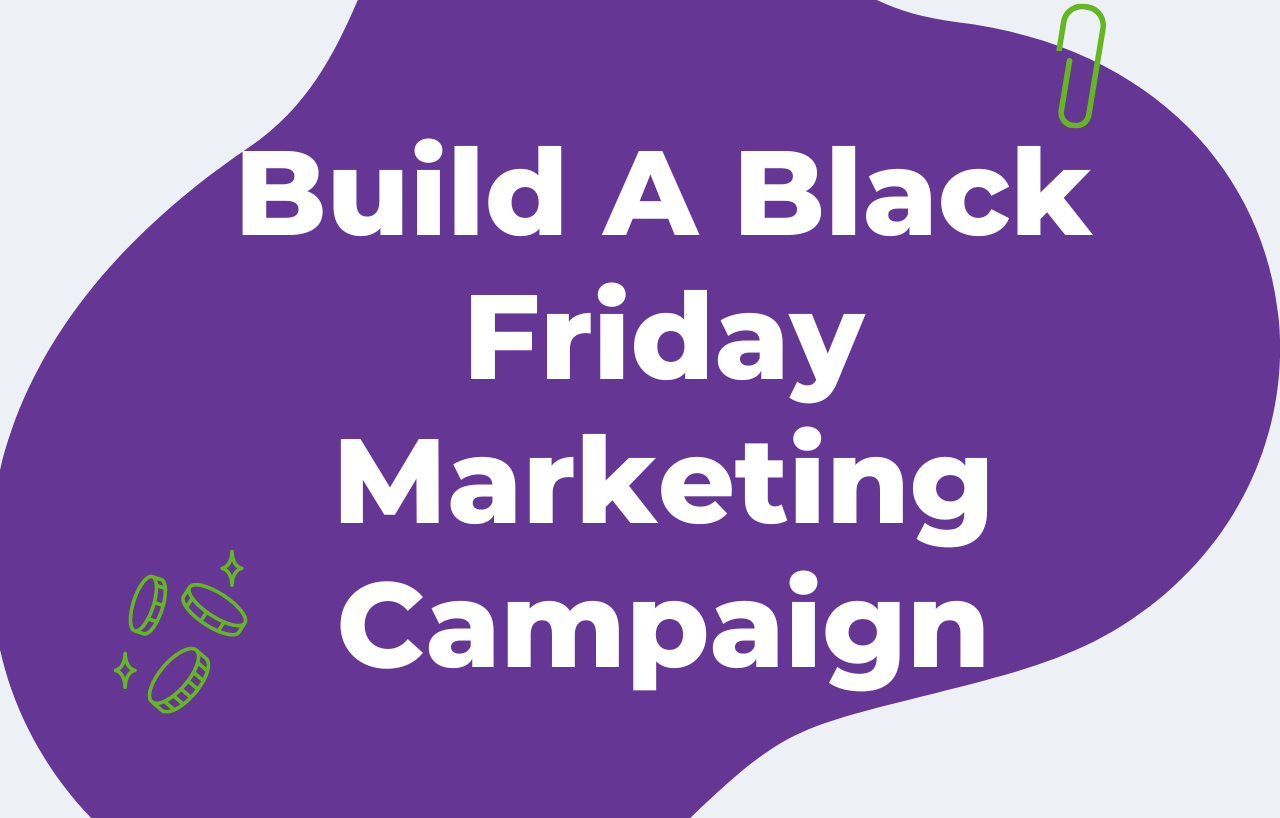 Content Marketing
Content Marketing 5 Steps To Building A Black Friday Marketing Campaign That Works
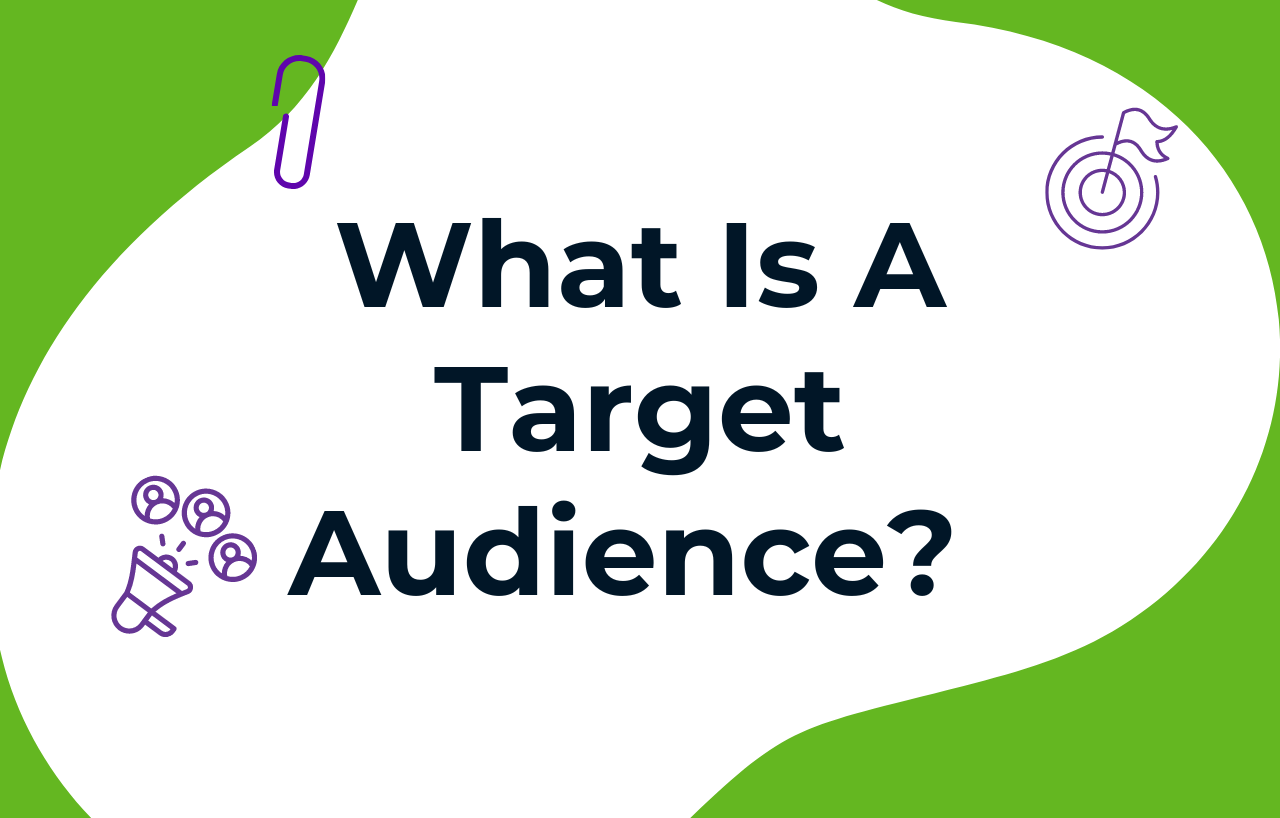 Content Strategy 101
Content Strategy 101 What Is A Target Audience? Tips On How To Find Yours
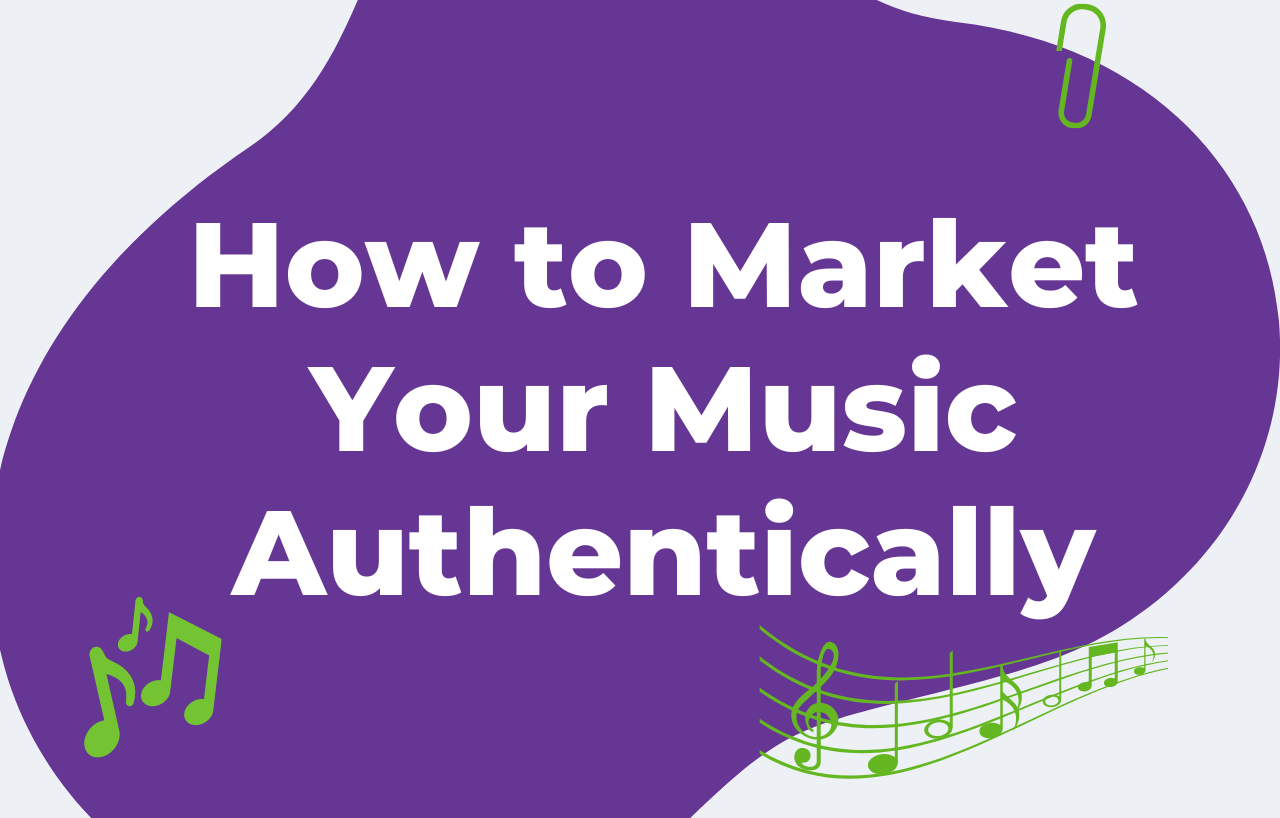 Content Marketing
Content Marketing 